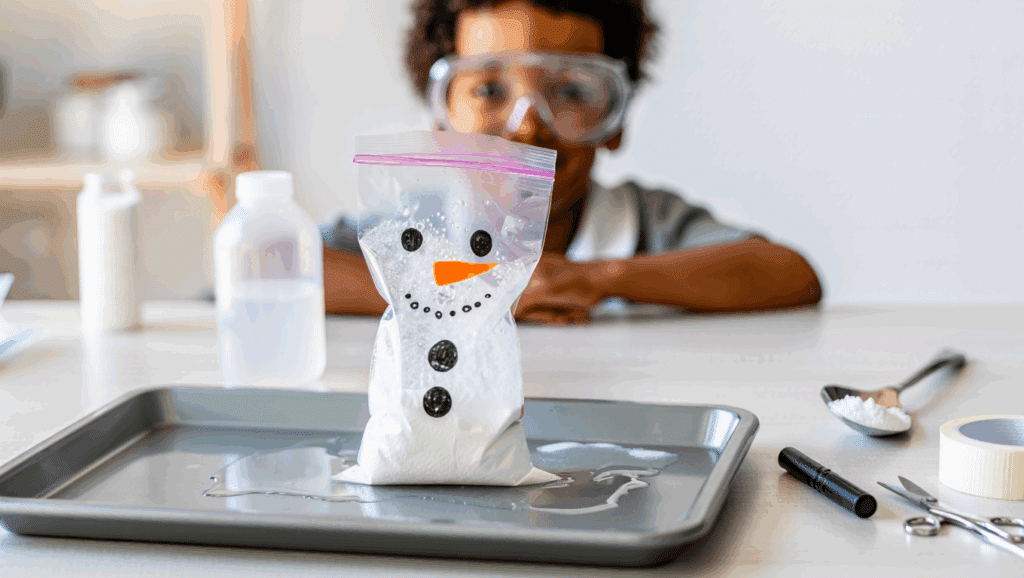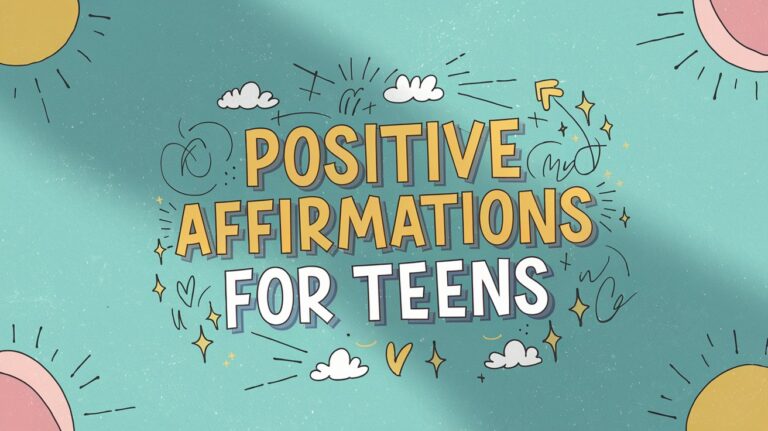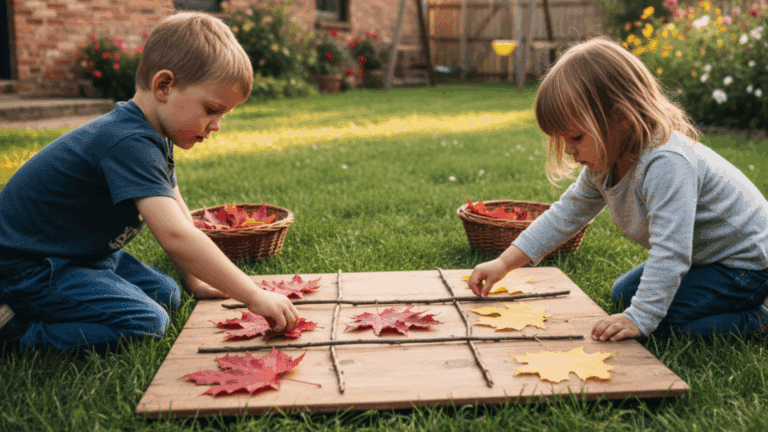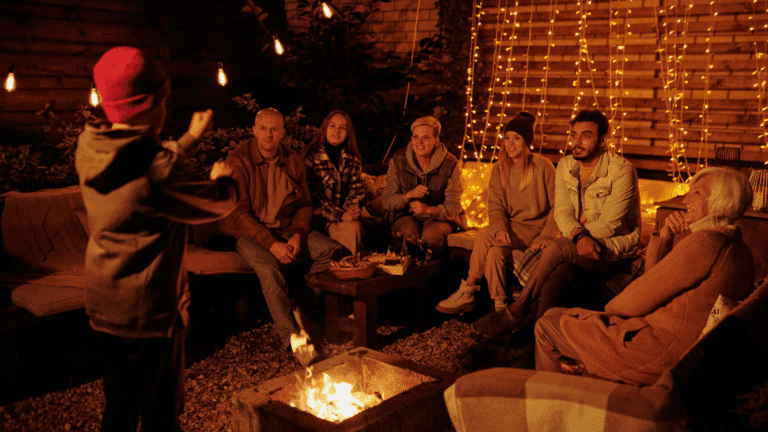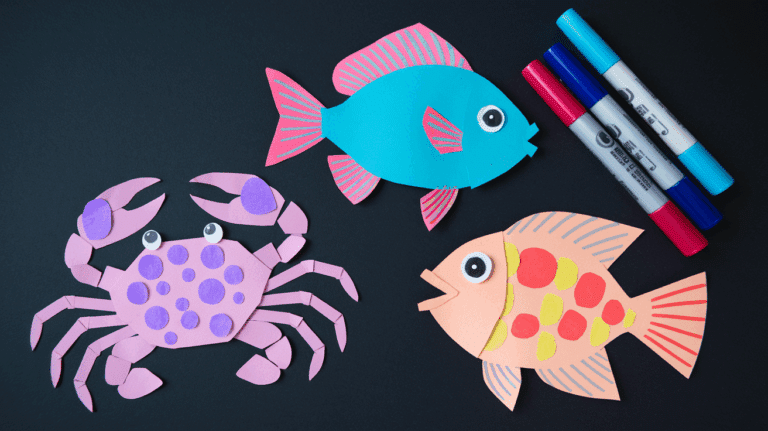Winter science experiments don’t get much better than watching a snowman “explode” right before your eyes.
This fizzy, bubbly reaction captures both curious kids and science-loving adults because it combines chemistry with seasonal fun.
This post will show readers exactly how to create their own exploding snowman experiment, complete with step-by-step instructions and safety tips that make learning feel like play.
Plus, they’ll gain hands-on experience with acid-base reactions while creating memories that last long after the snow melts.
What is the Exploding Snowman Experiment, Really?
The experiment is a simple chemical reaction that looks like winter magic. Families create a snowman shape using baking soda, then watch it “explode” with fizzy bubbles when vinegar gets added.
The Science Made Simple:
- Baking soda (sodium bicarbonate) meets vinegar (acetic acid)
- They react to produce carbon dioxide gas
- Gas creates bubbling and foaming effects
- Result – A snowman that appears to burst with excitement
Why Everyone Loves This Experiment:
Teachers choose it because it demonstrates real chemistry without complex equipment. Parents appreciate how it uses everyday household items that most families already have in their kitchens.
- Safe for kids when supervised
- Immediate, visible results keep attention
- Teaches acid-base reactions through play
- Requires no special materials or expensive supplies
- Works indoors during any season
Core Materials You’ll Need
| Item | Purpose |
|---|---|
| Sealable snack bag | Acts as the snowman’s “body” and the chamber for the reaction |
| Permanent markers | Used to decorate the bag with the snowman’s face and body |
| Plain white paper | Background for the snowman’s body drawing |
| Toilet paper (1 square) | Wrap the baking soda to delay the reaction onset |
| Baking soda (1 tsp) | Reacts with vinegar to create carbon dioxide gas |
| Vinegar (1/4 cup) | Triggers the explosive acid-base reaction |
| Scissors | Used to cut out the paper snowman design |
| Baking dish or tray | Contains potential overflow during an explosion |
Explosive Steps to Build Your Snowman Science Star
Now comes the fun part, actually building this fizzy winter wonder.
The process is simple enough for young scientists, but the results will impress everyone watching. Here’s how to create a snowman that puts on its own spectacular show.
1. Shaping the Snowman
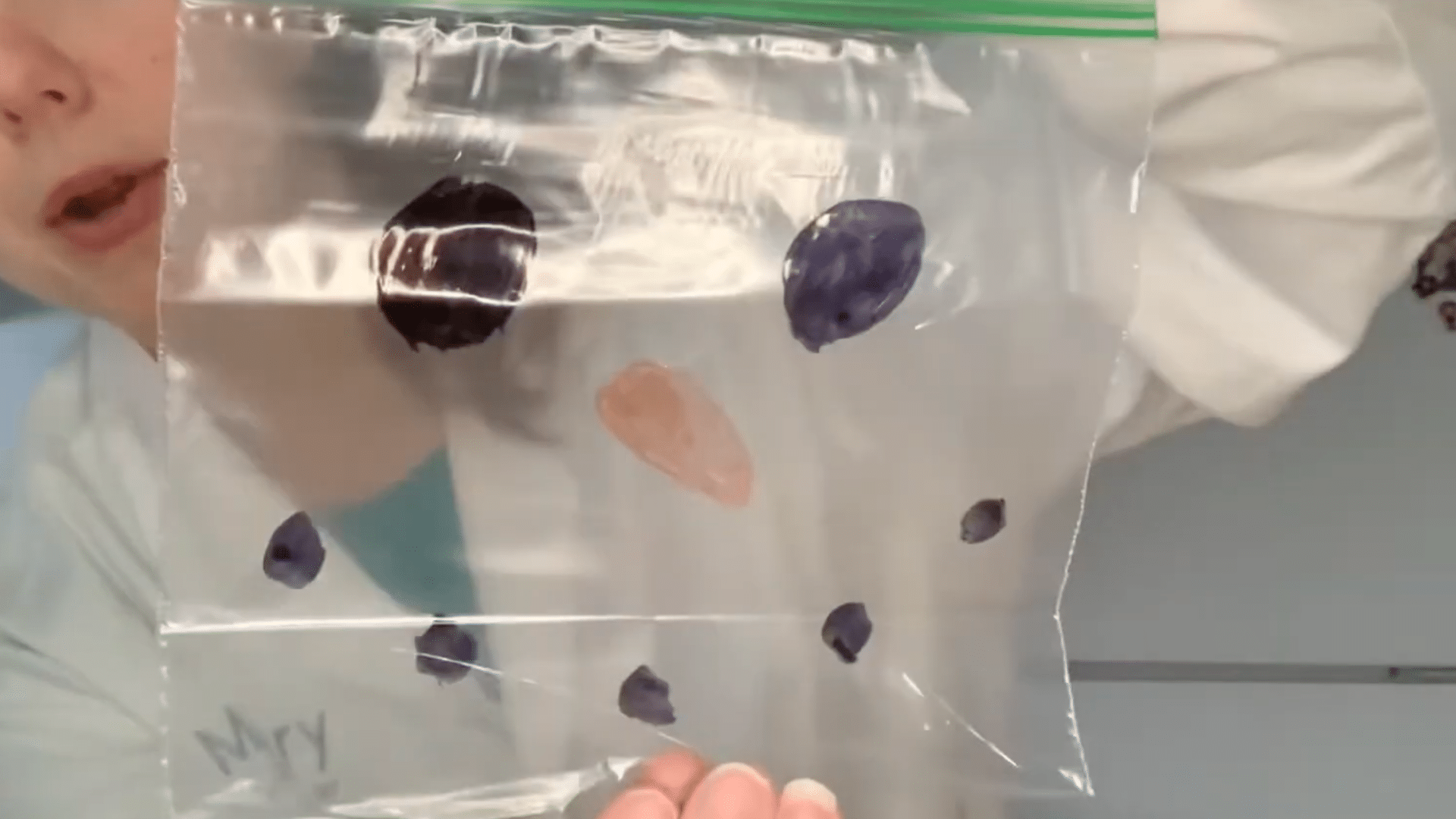
Begin by drawing the snowman on the front of a clear snack bag using a marker. Add playful features like a carrot nose or speech bubble for personality. This decoration step makes the project engaging for young learners.
Let children personalize their snowman with different seasonal themes; this adds an arts-and-crafts twist to the science activity.
2. Add the Secret Ingredients

Roll 1–2 squares of toilet paper into a small funnel or pouch.
Place one teaspoon of baking soda inside, fold the paper over at the bottom and top, then gently form it into a soft bundle. This wrapped packet slows the chemical reaction when it touches vinegar.
Prepare the baking soda pouches in advance for large groups or younger kids. This minimizes mess and keeps the activity flowing smoothly.
3. Insert the Surprise Element
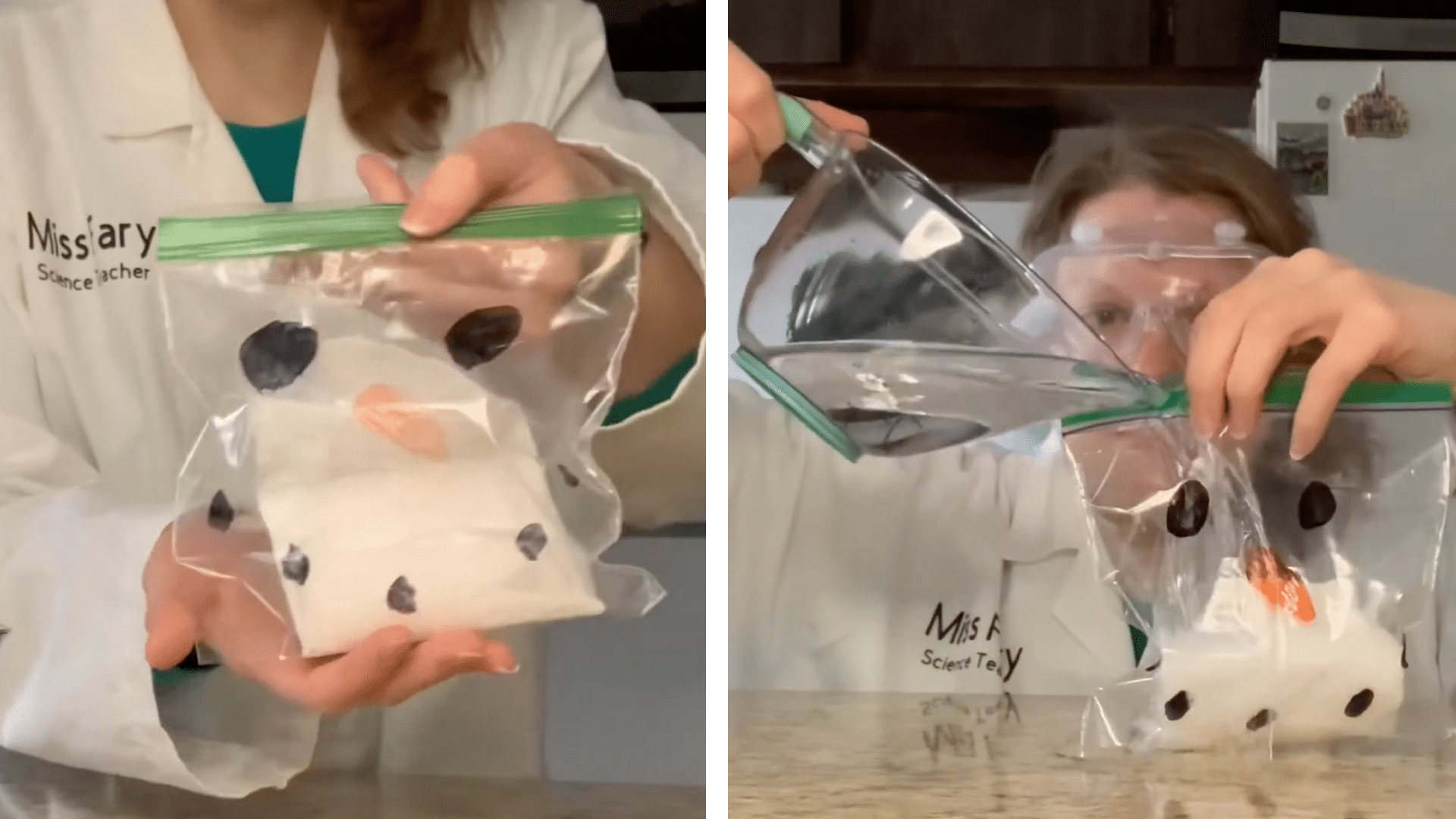
Drop the baking soda bundle into one corner of the snack bag. Carefully pour ¼ cup of vinegar into the opposite corner. Avoid letting the two ingredients touch just yet. Immediately seal the bag, make sure it’s airtight to trap the reaction.
Ensure adults handle the sealing step. A poor seal can cause the bubbles to escape slowly, ruining the “toot” effect. Practice sealing ahead of time if needed.
4. Count Down to the Explosion
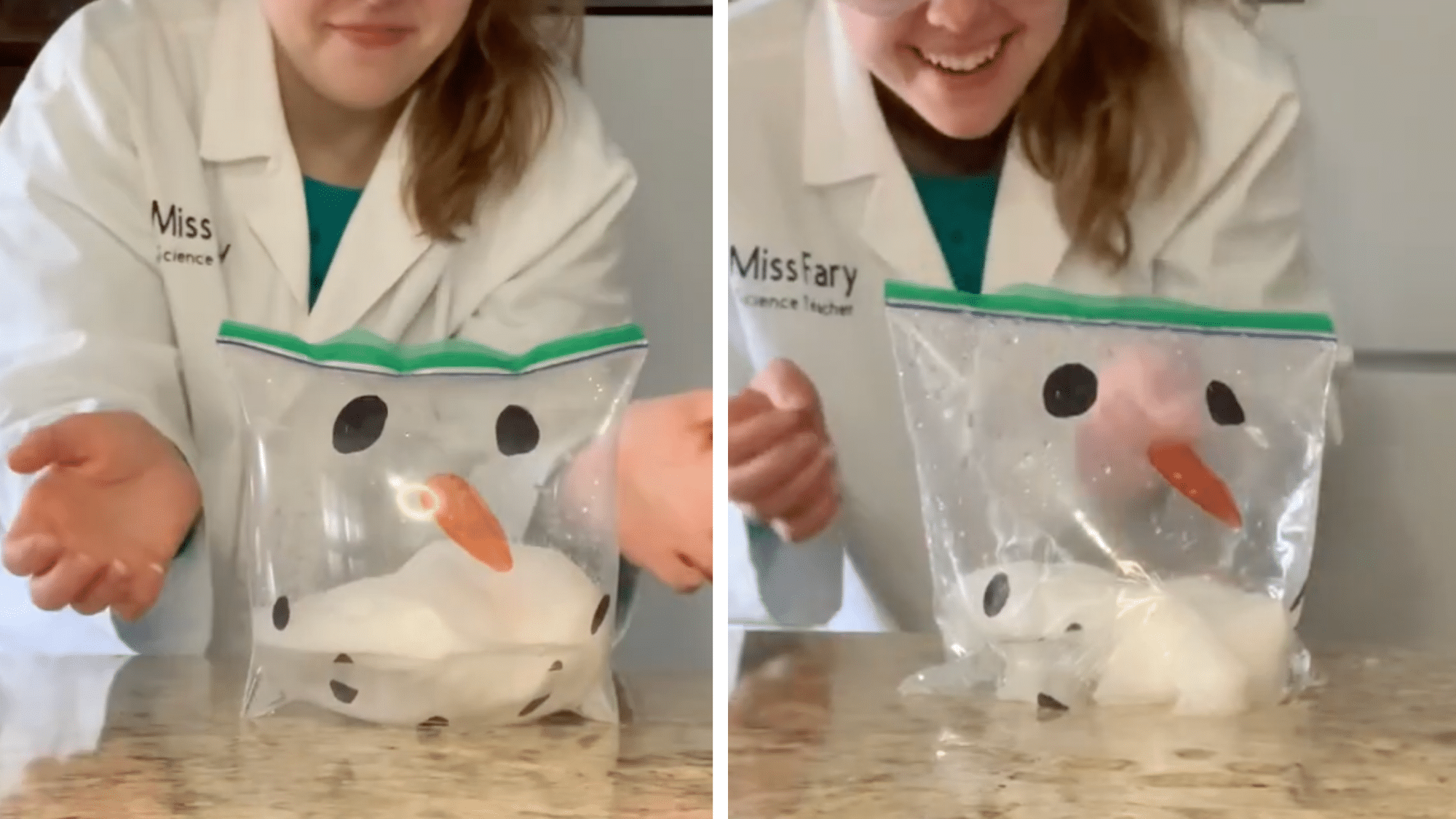
As the baking soda and vinegar combine, the acid-base reaction produces carbon dioxide bubbles. The bag begins to puff up, inflating until it reaches its bursting point. This moment of suspense is as fun as the pop itself!
Teacher/Parent Tip: Encourage students to observe closely and ask questions. What caused the bag to inflate? What happens if you use more baking soda or vinegar? Use this as a teachable moment to explore pressure and gas reactions.
For a more detailed tutorial on how to do the Exploding Snowman Experiment, check out the video below:
Creative Ideas to Add Your Own Twist
Once families master the basic exploding snowman experiment, they can try these fun twists:
| Variation Type | How to Do It | Why It Works |
|---|---|---|
| Party Style | Add glitter, confetti, or food coloring to the baking soda mixture | Creates colorful, sparkly explosions that feel festive |
| Holiday Themes | Shape baking soda into pumpkins, Easter bunnies, or Christmas trees | The same reaction works with any shape or season |
| Speed Challenge | Use different vinegar amounts or temperatures | More vinegar = faster reaction; warm vinegar speeds things up |
These variations keep the experiment fresh while teaching the same chemistry principles. Kids can experiment with different combinations to see which creates their favorite effect.
Fun Facts About Exploding Snowman Experiments
This experiment holds some surprising secrets that make it even more fascinating for curious minds.
1. The reaction between baking soda and vinegar happens almost instantly. Scientists call this an acid-base neutralization, and it produces three things: water, sodium acetate, and carbon dioxide gas.
2. Cold vinegar creates a slower reaction than room temperature vinegar. This means winter outdoor experiments might not fizz as vigorously as kitchen counter versions.
3.People have known about this reaction for thousands of years. Ancient Egyptians used similar chemical processes for cleaning and cooking.
4. One tablespoon of baking soda can produce enough carbon dioxide to fill a small balloon. That’s a lot of fizz from such a tiny amount!
Cleanup Tips and Safety Reminders
Proper safety measures and cleanup planning make science experiments enjoyable for the whole family. Smart preparation prevents mess and stress, letting everyone focus on the fun learning experience.
- Lay down newspapers or plastic sheets before starting to catch spills and protect surfaces.
- Supervise children during vinegar pouring and have them wear old clothes to prevent accidents.
- Wipe surfaces while still damp for easiest cleanup using warm, soapy water.
- Rinse immediately with water if vinegar contacts skin or eyes during the experiment.
- Dispose of safely down the drain since both ingredients are natural and environmentally safe.
- Plan ahead for a quick cleanup that takes just minutes with proper preparation.
To Conclude
The exploding snowman experiment proves that learning chemistry can be as fun as it is educational.
Families now have everything they need to create fizzy, foamy reactions that entertain while teaching real science concepts.
This simple activity turns any kitchen or classroom into a winter wonderland. Kids remember lessons learned through hands-on experiments far longer than textbook facts.
It’s time to gather those household supplies and create some bubbling magic. Take photos of the reaction, try different variations, or explore other safe chemistry experiments. Share results with friends and family, they’ll want to try it too!


